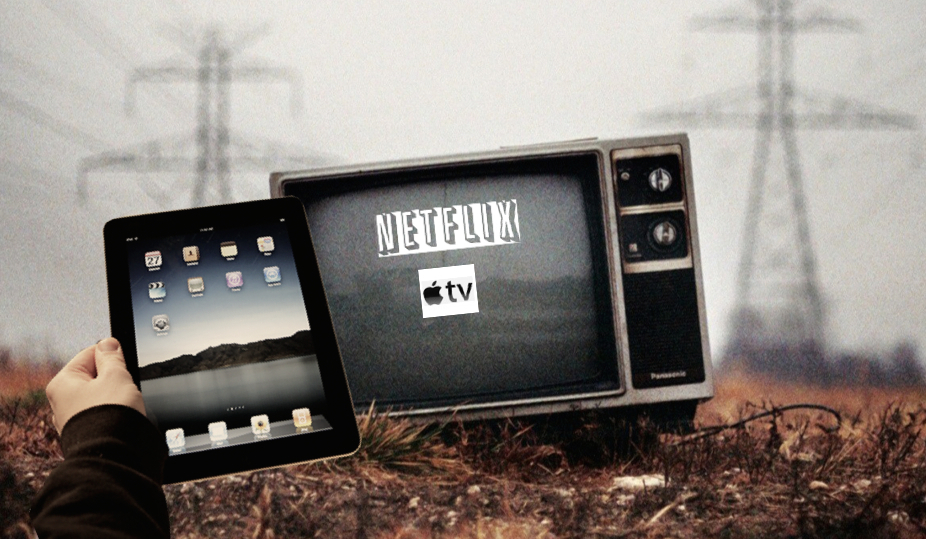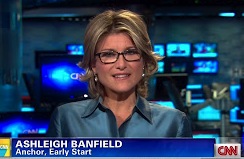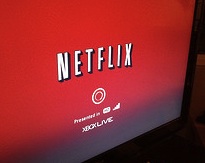What will advertisers do when more people switch to streaming TV? I recently “cut the cord” and now watch Apple TV with Netflix being the centerpiece to view programs from around the world on my mobile, tablet, laptop and big screen TV. The reason for the switch is because of cost and convenience. As actor Kevin Spacey said in August 2013, “The audience wants the control. If they want to binge… then let them!” In other words, “give people what they want, when they want and in the form they want – at a reasonable price and they will more likely pay for it rather than steal it.”
Streaming content is great for consumers but how will advertisers remain front and center with their audience?
Today, there are plenty of free viewing options beyond cable and satellite TV. Take the news for example. With Apple TV, I can watch Sky News, PBS NewsHour, Yahoo! and Bloomberg. I also tune into the NBC Nightly News on podcast – and again, all these options are free and for the most part, without commercials. I used to pay DirecTV $115 per month for these news services along with HBO and 200+ channels that I never watched. In fact, a recent Nielsen study shows that most viewers only watch 17 channels. As a result, I now watch Netflix and these other “channels” on Apple TV and besides HBO, do not miss anything.
I also use an antenna to capture over-the-air channels and (depending on the Supreme Court decision regarding Aereo) soon, I may be able to view more channels. The question for advertisers is because the cable TV industry model is dying, what are the best ways to connect with a large audience? A recent article in Forbes had this to say:
“The industry formerly known as TV, is rapidly turning into T/V (Television / Video). As David Matathia, director of marketing communications at Hyundai Motor America told eMarketer, “We’re pretty much approaching all of our major broadcast partnerships in concert with our digital programs.†He said, “When we’re working with network partners, it’s now rare to see a standalone TV or a standalone digital deal. It’s almost become standard practice to package digital and broadcast together.â€
However, as mentioned, although most of what I am viewing comes without commercials including Netflix, SkyNews and podcasts. The PBS and Bloomberg streaming content does includes ads, but will this be enough? Is the :30 TV spot going to change? I suspect yes. I know with my viewing habits the goal is to avoid or mute ads wherever I can. So what to do?
What I believe is missing is that advertisers now have the opportunity to engage viewers with worthy content, gamification and rewards. There has to be a way to make the promotion of products and services a welcome addition rather than an annoying disruption. If the viewer has a reason to interact – that is quick, fun and rewarding, there will be more opportunity to create lasting impressions that will lead to product trial and eventually consumer loyalty.



